Do you wish you could get inside the mind of your customer? Wouldn’t it be great to know what the consumer is thinking, feeling, and evaluating when they see your ad? It’s every marketer’s dream, and now it’s possible with the introduction of conversational ads.
A conversational ad takes a traditional ad that is static and turns it into a dialogue between the brand and the consumer. And the data proves that conversations turn into conversions.
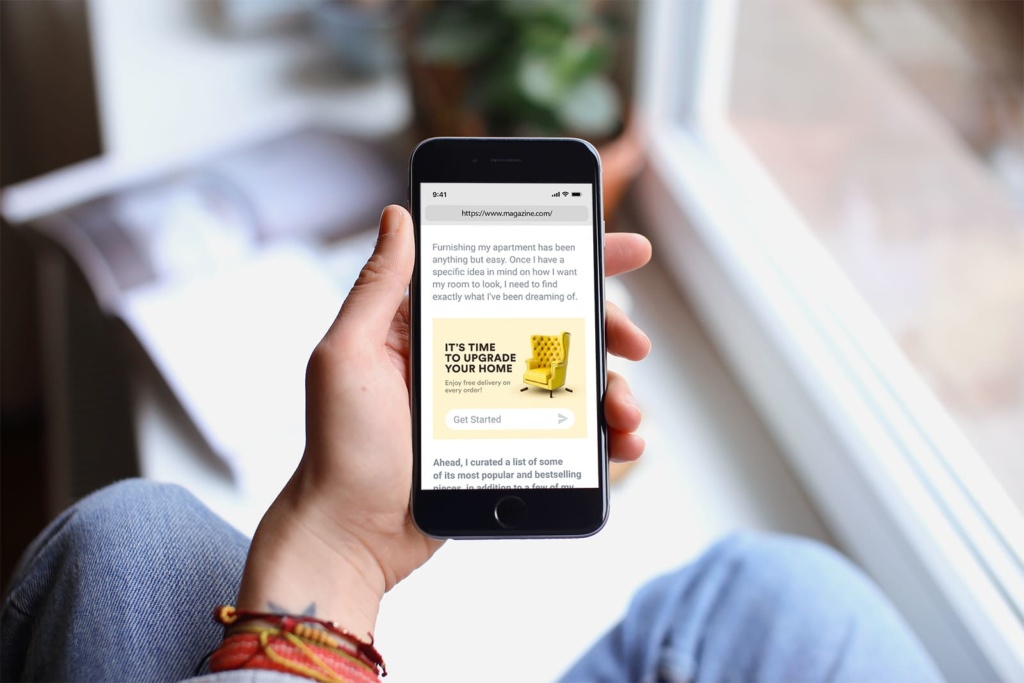
How? Through talking with the customer, you can learn what they like, dislike, and want. Using these insights, from customer conversations, you can streamline the consumer path to purchase.
Increase your conversions and ROI with conversational marketing. All it takes is one change, swapping out your current ad and transforming it into a conversational ad.
We helped a $1B e-commerce B2C retailer do this, and the results speak for themselves. They went from a 4% conversion rate to an average of 18%, 4.5x the previous rate with a traditional ad.
Learn how with these four steps, you can achieve a higher conversion rate, hit your ROI target, and make your boss happy.
Step 1: Create Interactive Ads
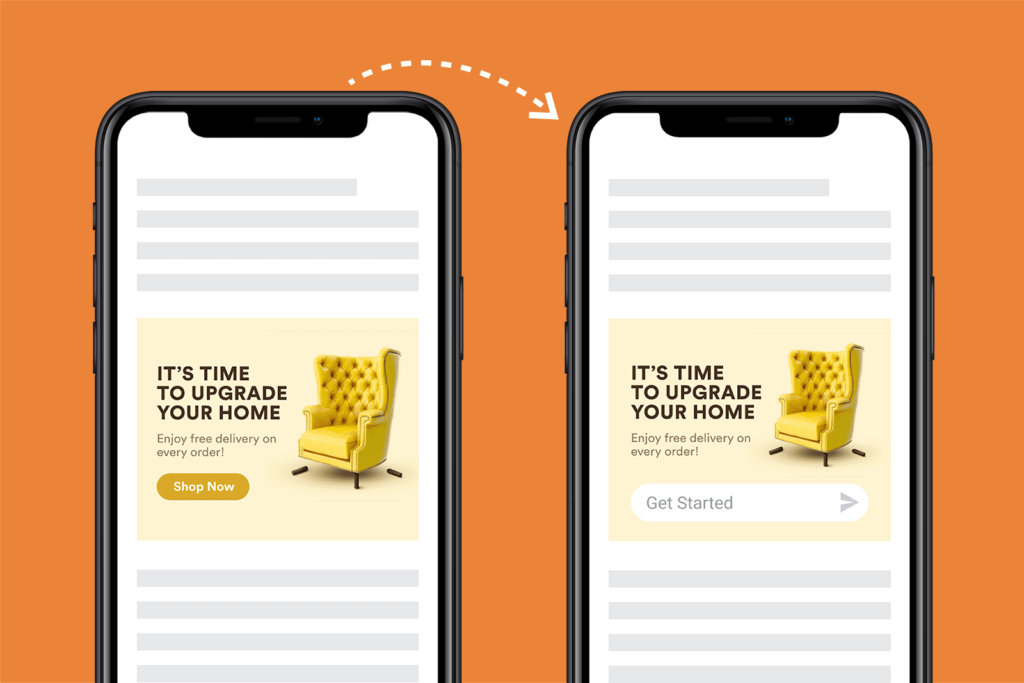
The first step in the recipe for achieving higher conversion rates is to use the ads you already have and repurpose them. It’s as easy as taking your existing creative and swapping it out for a conversational one.
There are pre-built e-commerce templates available, so there’s little work on your part. Brands have full control over both the creative and the entire ad and can make changes instantly.
Unlike traditional ads that contain graphics and videos, conversational ads have an interactive interface within the advertisement. Brands can create an engaging experience using the interface that captures the consumer’s attention the moment they see it.
Consumers want to stay in the channels they are in; they don’t want to go to a different site. It takes too much time and often is the cause of low conversion rates.
The dynamic element of the ad makes it easy for them to get from point A to point B. This factor, paired with rich-media and creative is a winning combination to delight the consumer.
When you interact with a consumer in this way, it also becomes a more personal connection. 40% of loyal consumers describe how they “love” a brand. Personal relationships trigger an emotional response, which, over time, builds brand loyalty.
On the reporting side, you don’t need to measure impressions and likes, testing various creatives and formats. There is no need to monitor each channel and landing page to view customer engagement. Brands have a better understanding of their customer and their path through more abundant data.
Utilizing your current creative, you can get better results. You’ll experience increased customer participation because of the dynamic element. Consumers will be more invested in the experience, getting you higher engagement and conversions.
Step 2: Consolidate the Purchase Funnel
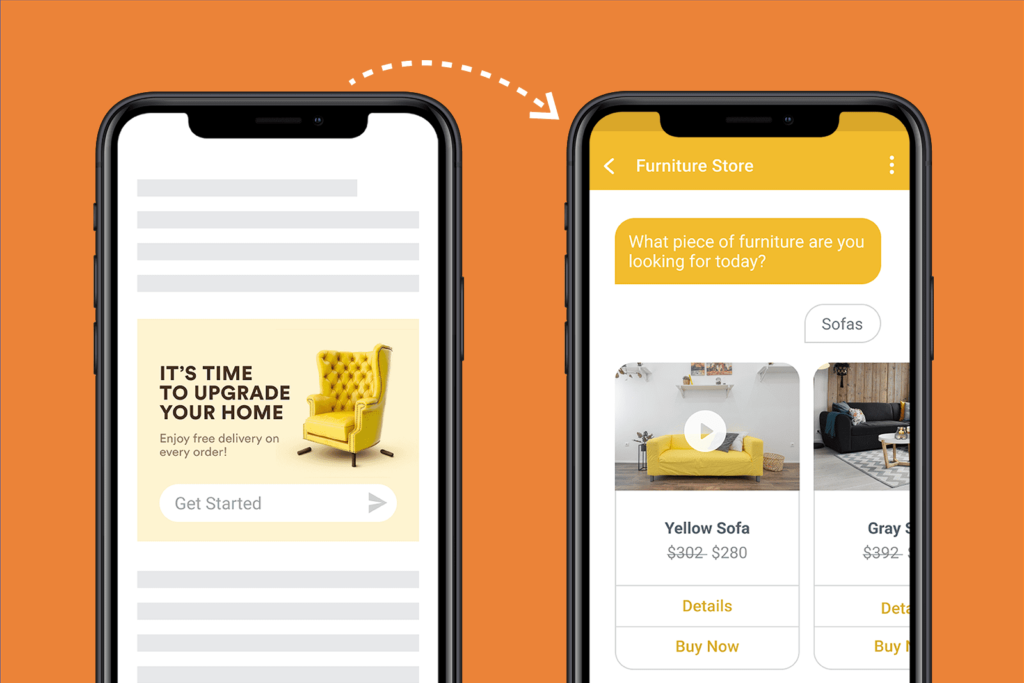
The current purchase funnel has too many levels, and there is the potential to lose the sale at each turn. Conversational ads make the consumer journey a seamless experience from discovery to purchase.
Users can locate and discover new products directly in the ad. An item is added to their cart, and there are multiple payment options available, set up by the merchant.
The product-specific rich media messaging enhances the customer buying experience along the way. They can view a product without being overwhelmed by too many options.
Today, consumers’ attention spans are shorter – 8 seconds, to be exact. The more comfortable and faster brands can make it for consumers to get what they want, the more likely they are to make a purchase.
And brands can view the path to purchase in real-time, along with click-throughs, actions completed, and product purchases to measure the effectiveness of the ad.
The new purchase funnel goes from ad to shopping cart. Conversational ads streamline the purchase process to increase conversion rates dramatically.
Step 3: Deploy Across Channels
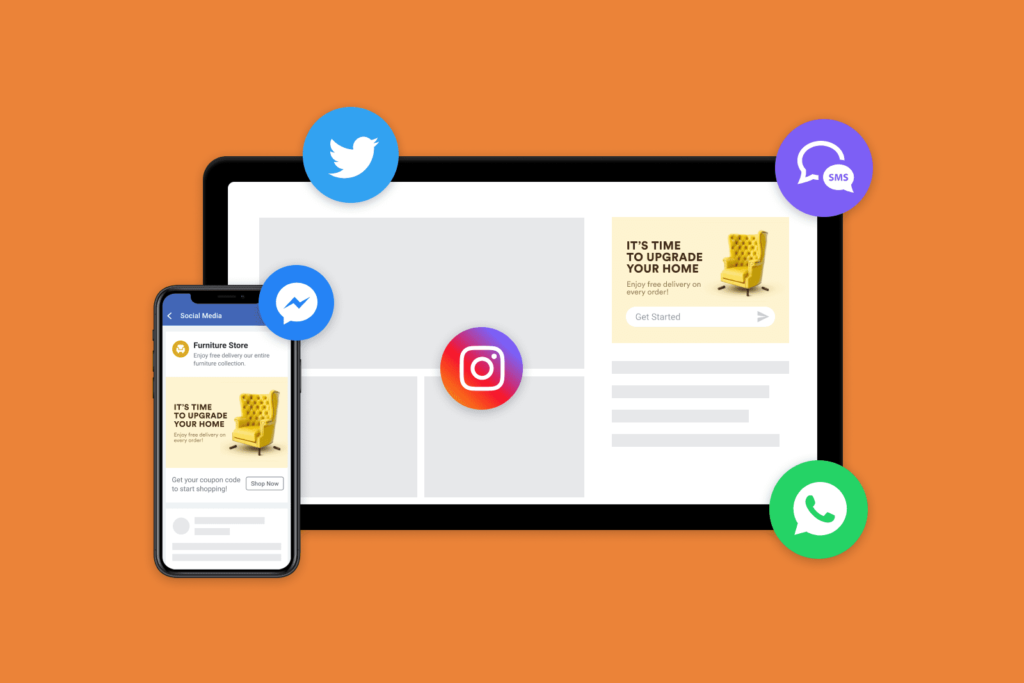
Conversational ads eliminate the time-consuming tasks of managing different platform credentials and designers to create channel-specific ads. The creation and deployment process is faster, bypassing the need for many hands to touch the process.
It’s as easy as pressing a connect button and entering your credentials. The platform takes care of the rest, giving you hours back in your day and reducing costs compared to current solutions.
A campaign runs across multiple channels and platforms with a few clicks, eliminating the need to adapt creative for various channels-much less effort. And one platform is more cost-efficient for brands than multiple platforms, which can get expensive.
You also have the option to test and preview a campaign before deployment. You can experience what the customer will experience before ever launching.
Custom branding and rich media that includes videos, emojis, and animation can be applied to your ad to give the customer a more consistent experience across all the touchpoints.
Before, you needed to go to multiple platforms and create customer experiences for each channel. With conversational ads you are able to deploy a branded interactive ad that works across many messaging, social platforms, and landing pages all within one platform.
Step 4: Use Insights to Streamline the Customer Journey
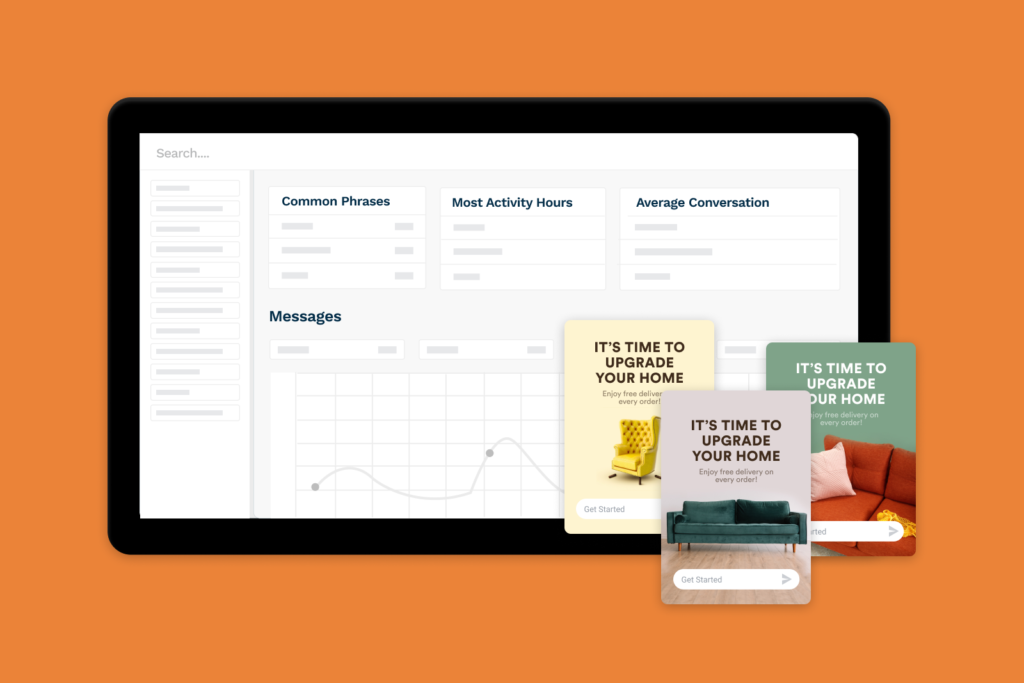
Historically to gain customer insights, you have to purchase 2nd or 3rd party data you don’t own.
You have to rely on digital surveys of what the customer tells you about your company and products. And you have to hope they are telling you the truth.
A conversational ad puts brands in control by being able to capture customer data in real-time. You own the information through zero and 1st party data.
Zero party data is data that the customer shares with you. 1st party data is data that’s collected via a tracking pixel in the ad.
The ability to directly own the data allows you to put your customer’s privacy first. 83% of worldwide internet users are concerned about data privacy. Give your customer peace of mind by owning your data rather than purchasing it.
What can you do with the data? When a consumer interacts with the ad, a personal profile is created. The data collected from the interaction can then be personalized for future communication with the individual consumer or optimized for similar audiences.
Using conversational ads, you gain insights from interactions in the ad, delivering a more personalized experience. Data reported in AdWeek shows personalization can lift revenues by 5-15% and increase marketing spend efficiency by 10-30%.
You get more in-depth analytical data and deeper insights into customer demographics, behaviors, thoughts, needs, and wants. You can view what questions they are asking, the paths they are taking, and the products they consider.
Brands get customer behavior instead of opinions. Ads then become a data capture tool eliminating the need to purchase third party data and reducing costs.
The data can be applied to adjust ads to better resonate with customers, increasing conversion rates. And best of all, data can be accessed easily in your existing technology stack.
Rinse and Repeat
This four-step process has proven successful for a billion-dollar retailer and can be successful for your brand. Conversational ads are the solution to your conversion problem.
Dynamic, beautiful, and containing valuable insights, they shorten the path to purchase and deliver a personalized experience. The customer is engaged and takes action right within the ad.
Instead of managing multiple platforms and vendors, these engaging ads use one platform that distributes to all channels with a click of a button.
With powerful insights, conversational marketing puts the brands back in control and turns consumers into customers.
Subscribe to our Newsletter
Free Trial
Get Started With RCS
Business Messaging!
Unlock the power of RCS and revolutionize your customer engagement.


